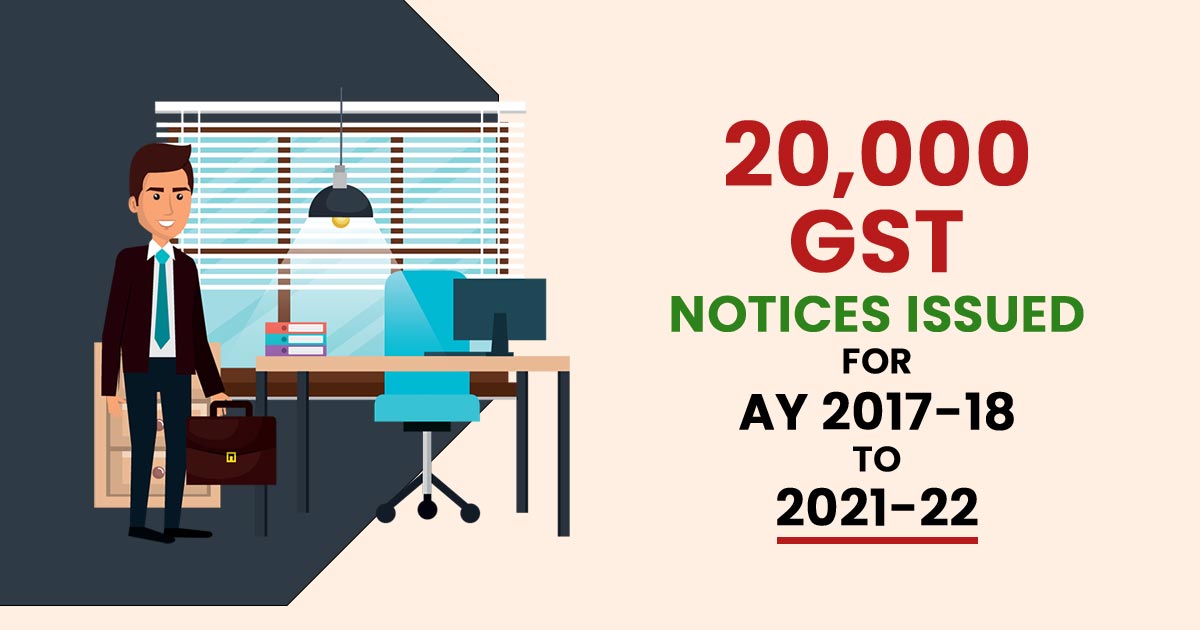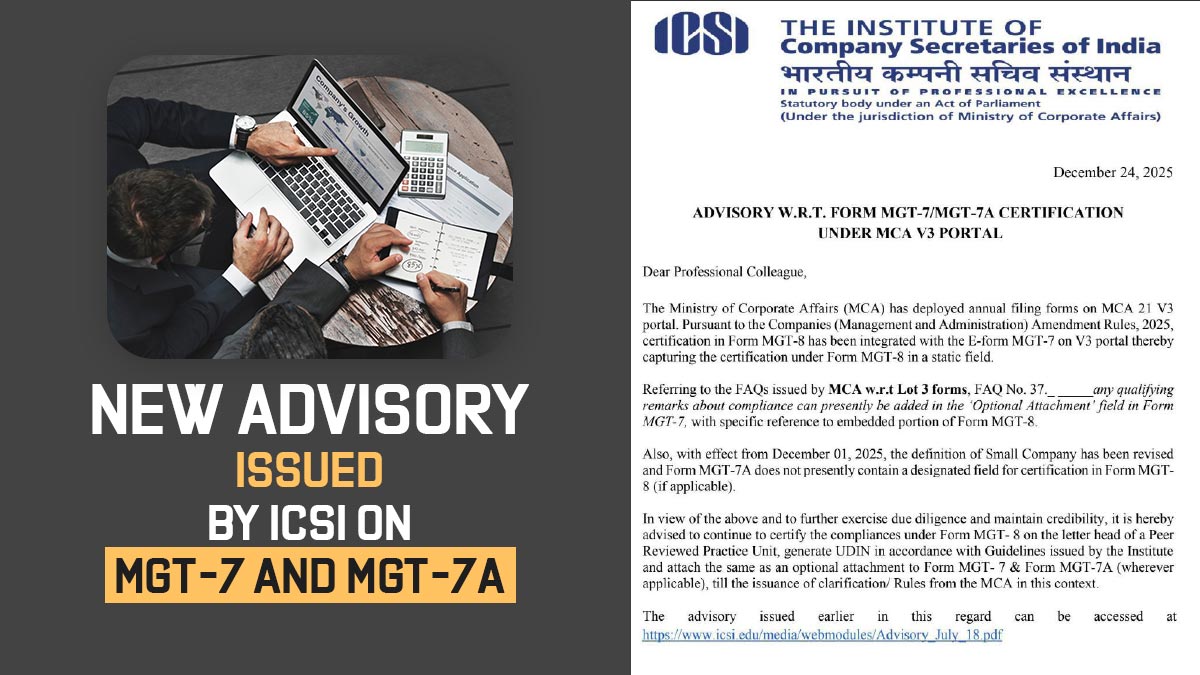
Over 20,000 notices have been issued by the investigation arm of the GST authority all across India for the AY 2017-18 to AY2021-22, which comprises of tax demand of over Rs 80,000 crore, under the estimation.
For distinct issues, the Directorate General of GST Intelligence has furnished the notices along with the alleged shortfalls in the tax payment, ITC reversal, and interpretation of certain legal provisions affecting a large number of assessees and businesses. A maximum number of SCN were time-barred for August 5, for AY2017-18.
It is obligated for the investigation agency to issue the notices at least 6 months before the finish of 5 years. Therefore the notices were sent before August 5 and the final orders are expected by February 5, 2025.
The same comprises of the pre-GST notices which may or may not be transformed into GST notices, as per the company’s response, an official privy to the case quoted. June 30, 2025, is the due date for AY 2018-19.
U/s 74 of the Central GST Act, the notices were furnished asking for a reply on the alleged mismatch in the sales data notified in the GST returns with that in the yearly financial statements.
Various businesses have been issued with GST show-cause notices under both audits and investigations, which makes it important for the businesses to answer within the said time. These answers would need the collation of former period data, reconciliations with the accounting records, and additional tax information and pertinent interpretations all require time and effort from businesses.
Section 74 of the CGST Act furnishes that a notice may be issued via the pertinent authorities to recover the tax underpaid or unpaid or refunded in error for the cause of fraud, wilful misstatement, or suppression of facts to evade tax, under the extended period of limitation.
Over the years, stricter disclosure requirements, like e-invoices for business-to-business transactions, enhanced data collection, and digitized payment systems, aided tax sleuths to enhance compliance.
Certain sectors that have been allotted with the notices are foreign airlines, shipping companies, insurance firms, online gaming companies, information technology entities, and others.
The Central Board of Indirect Taxes and Customs (CBIC) interrupted and issued the norms to promote uniformity in the GST notices and practice the audit. The instructions obligate the zonal chief commissioners to consult the GST policy experts when facing interpretative challenges.
The action is made to create a precise business environment by reducing inconsistencies in audit findings, minimizing litigation, and facilitating the overall audit process. CBICs stress towards the standardized interpretation emphasizes its dedication to fair business practices while ensuring potent GST compliance.
The majority of notices that have been served are towards the fraud input tax credit (ITC) under GST. To manage the risk, the department has launched a special drive to eliminate fake registrations. Till now, about 1.2 trillion tax evasion cases have been caught and as many as 59,000 entities have been identified for verification to ascertain whether they are fake.









